How SIA’s Counter-UAS Working Group Is Addressing Evolving Drone Threats
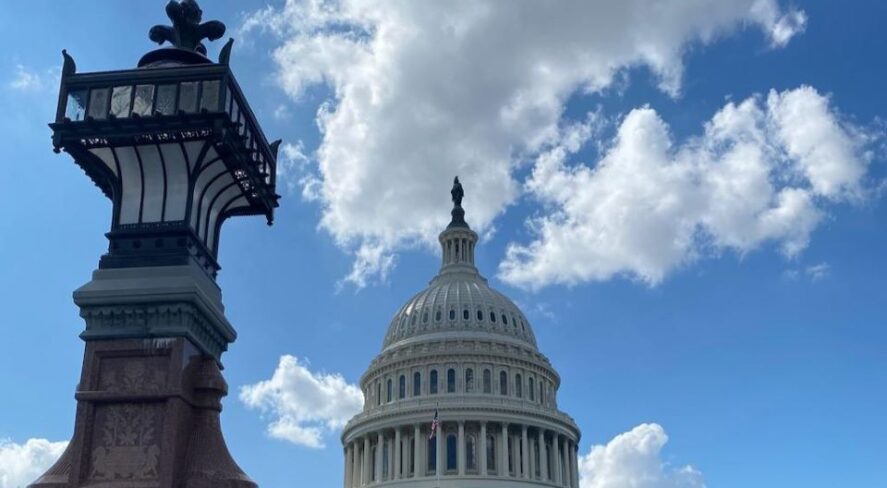
Earlier this month, members of SIA’s Counter-UAS Working Group, comprised of technology providers, security integrators, service providers and subject matter experts on counter-drone technology, visited lawmakers and staff on Capitol Hill to support action urgently needed to address the rapidly evolving threats posed by the misuse and weaponization of uncrewed aircraft (UAS) systems, i.e., drones.
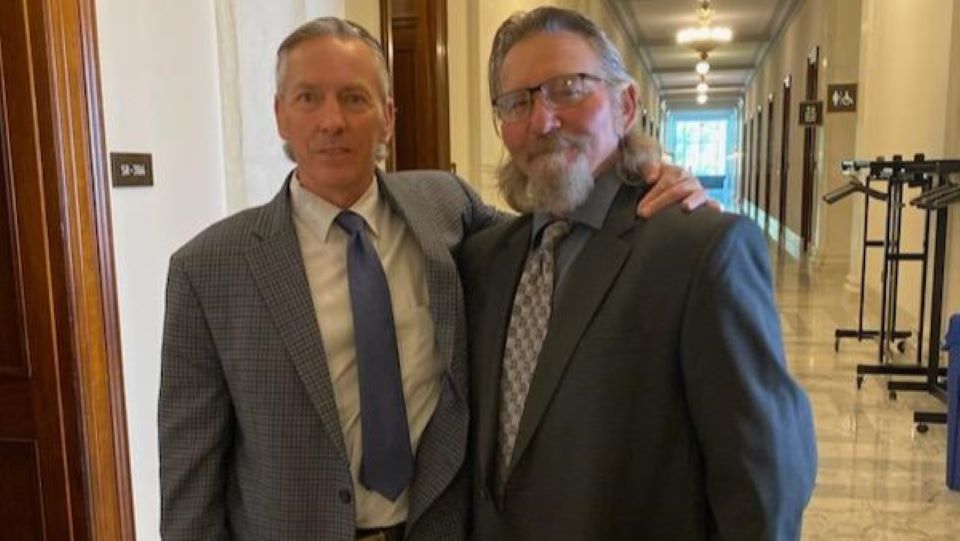
War in Ukraine Harbinger of Risk to U.S.
SIA Counter-UAS Working Group Chair Bill Edwards recently described how the war in Ukraine is serving as a catalyst and laboratory for weaponization of drone technology, where forces on both sides are adapting the same consumer drones and related parts readily available to hobbyists around the world. Incidents in the U.S. are already demonstrating the potential for off-the-shelf drone technology to be used by bad actors anywhere in the country. A man was caught earlier this month in New Jersey using a drone to drop “dye” in backyard swimming pools, in just the latest example.
It’s obvious there are spaces and scenarios where the risk demands establishing no-fly zones and having the ability to mitigate such threats, from protecting the president to large-scale public events and critical infrastructure. But in technical terms, the most effective available means of detection and tracking, and any form of mitigation, runs afoul of federal laws regarding electronic communications and interfering with “aircraft.” These laws were enacted decades ago to address entirely different issues, and long before the situation today could have been foreseen.
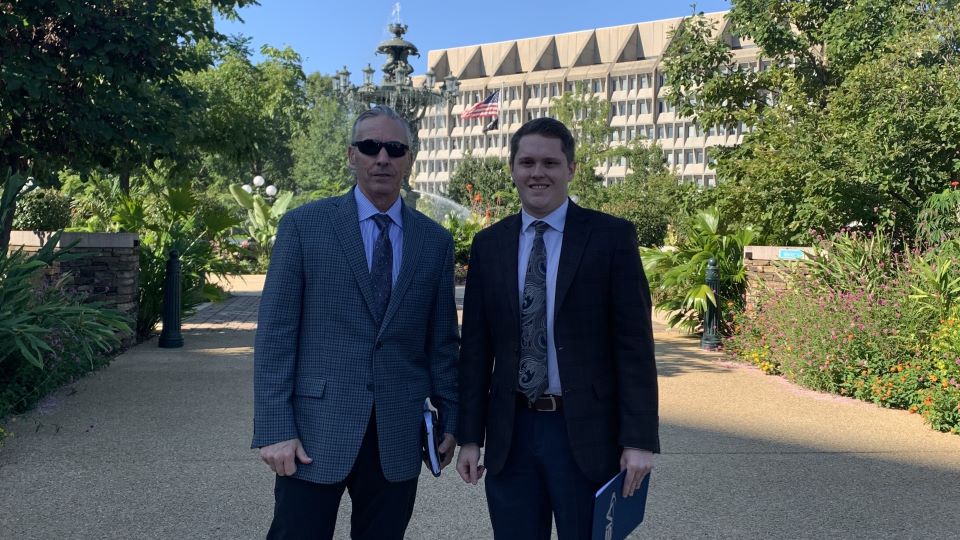
Authority to Protect in Jeopardy
That’s why in 2018 Congress granted federal agencies like the U.S. Department of Homeland Security (DHS) and the Secret Service, limited exceptions to these laws to conduct counter-drone missions protecting government facilities, personnel and key functions. Since then, agencies have conducted over 600 sensitive protective missions. Last year these “authorities” were extended through congressional appropriations for fiscal year 2023, which means they expire Sept. 30, 2023, unless extended, and agencies would be left without the ability to provide these protections during a lapse in appropriations. This significant impact to public safety and government security would be just one of many negative consequences of a government shutdown.
But the larger issue is that even with extension of outdated authorities from 2018, state and local agencies responsible for public safety and operators responsible for protecting critical infrastructure remain without similar legal authority and tools needed even to simply distinguish dangerous drones from those flown by responsible operators. Given the rapidly evolving risk, the current situation results in failure to prevent or mitigate a serious event.
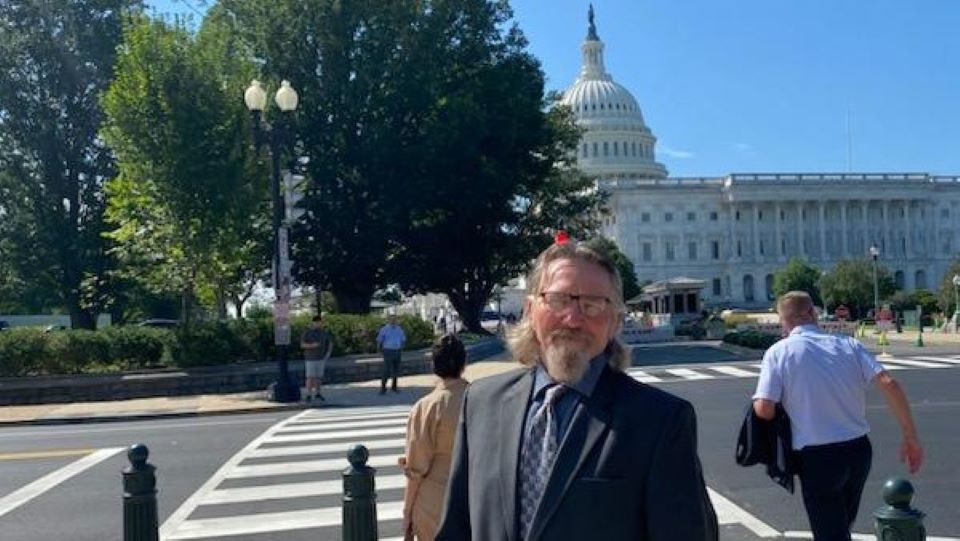
Outdated Framework Must Be Revised
In addition to extending existing counter-drone authorities, SIA strongly supports an urgently needed update through enactment of the bipartisan Safeguarding the Homeland from the Threats Posed by Unmanned Aircraft Systems Act (S. 1631/H.R. 4333) or similar legislation consistent with the federal government’s Counter-UAS National Action Plan released by the White House last year. All relevant stakeholder federal agencies, including the Federal Aviation Administration (FAA) and the Transportation Security Administration (TSA), are in complete agreement on the urgent need for such legislation. The growing threat of drones in the hands of terrorists, criminals and nation-state adversaries is real. It is becoming far too common that terrorist and armed groups overseas are turning to armed drones to conduct devastating attacks that are cheap and simple to carry out. In the United States, criminals, including drug cartels, regularly use drones for smuggling contraband into prisons and cross-border trafficking. Adversaries can also use UAS to surveil sensitive sites, interfere with government operations or enable cyber intrusion operations.
The proposed legislation incrementally expands counter-drone authority in four key areas:
- Authority for state, local, tribal and territorial (SLTT) law enforcement (LE) and critical infrastructure owners and operators to perform the “detection only” mission.
- Authority to conduct a limited pilot program with SLTT LE to perform the full counter-UAS mission, including mitigation, for up to 60 agencies over five years (12 per year) with direct oversight and management by federal agency partners.
- Expanded authority for TSA to perform the counter-drone mission to protect transportation modes, including airports on an ongoing basis, not just “emergencies.”
- Extension (in the latest administration proposal) of federal agency authorities to the U.S. Department of State, NASA and the CIA.
Additionally, the SIA Counter-UAS Working Group has identified and supports three additional needed priorities:
- The ability to designate select areas for testing, demonstration and research and development of detection and mitigation equipment (approved ranges).
- Sanctioned and delegated authority to train and certify counter-drone operators at mass gathering venues, facilities and events (open to private-sector competition).
- Future measured and responsible delegation of authorities for advanced detection and counter-drone capabilities for security and law enforcement professionals (to include private-sector venues that host the public).
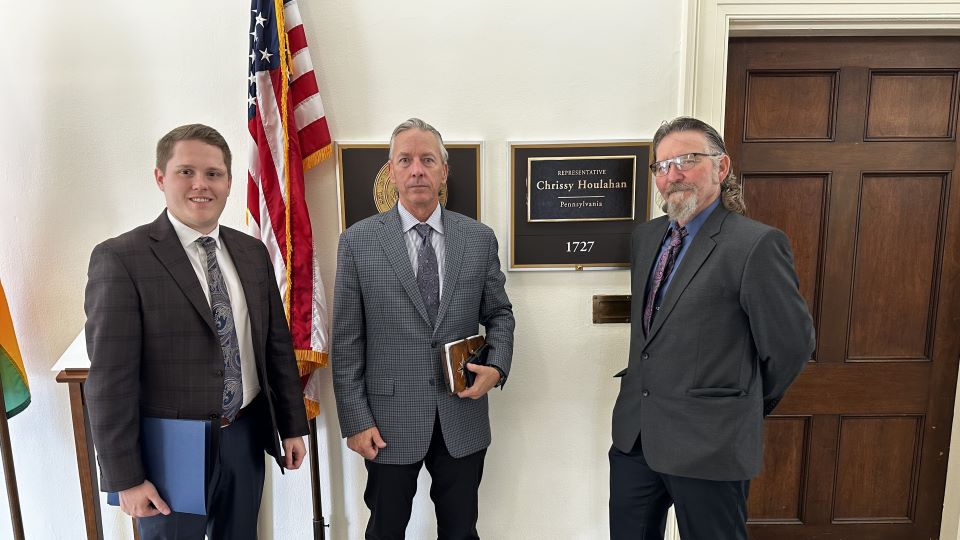
Privacy/Civil Liberties Are Protected
Many procedural and other factors that have contributed to delayed consideration of the legislation but concerns around potential impact to privacy and civil liberties should not be one of them. There is limited potential for arbitrary or unauthorized use of counter-drone technologies. Any use of counter-UAS under current or proposed expansion of authorities is subject to multiple layers of evaluation, approval and monitoring at the federal level to ensure consistency with its lawful and specifically authorized purpose.
There is also minimal privacy impact, as counter-drone technology is not surveilling citizens or accessing their private information. Confusion has stemmed in part from the fact that counter-UAS authorities provide technical relief from sections under Title 18 (wiretapping, pen register/trap and trace) and Title 49 (aircraft piracy), despite that it has nothing to do with eavesdropping on phone calls or hijacking airliners.
For example, counter-drone technology that detects wireless signals, intercepts the radio frequency link between a drone and its controlling device. This does not include, for example, access to the operator’s internal phone contents such as text messages, photographs, etc. The information in that radio frequency link is all that that is accessed, which includes basic telemetry data, drone location, control station location, speed, etc. Importantly, under the FAA’s Remote ID regulations that went into effect Sept. 16, operators of any drone that is more than 250 grams (roughly a half-pound) are already required to continuously broadcast this information.
With respect to civil liberties, use of counter-UAS is limited to specific purposes under rigorously controlled procedures and must be conducted in a manner consistent with First and Fourth Amendment rights, other federal laws and agency polices. For example, DHS requires each counter-drone system manager, in cooperation with their component privacy officer, to complete a privacy threshold analysis for a deployment of counter-UAS. This must be according to its Counter-UAS Policy Guidance that was co-authored by the DHS Office of Privacy and Office of Civil Rights and Civil Liberties.
Security and law enforcement professionals, as well as counter-drone technology providers, understand the urgency with which this issue must be addressed, and the potential seriousness of any lapse. We are encouraged that support is Congress is growing, with the number of bipartisan co-sponsors of S. 1631/H.R. 4333 having nearly doubled this month following outreach by SIA and allied organizations, including Sens. Marco Rubio (R-Fla.) and Mark Kelly (D-Ariz.) and Reps. Andrew Garbarino (R-N.Y.) and Matt Gotteheimer (D-N.J.). SIA will continue working with Congress and our organizational partners to press for action on needed counter-UAS legislation.
